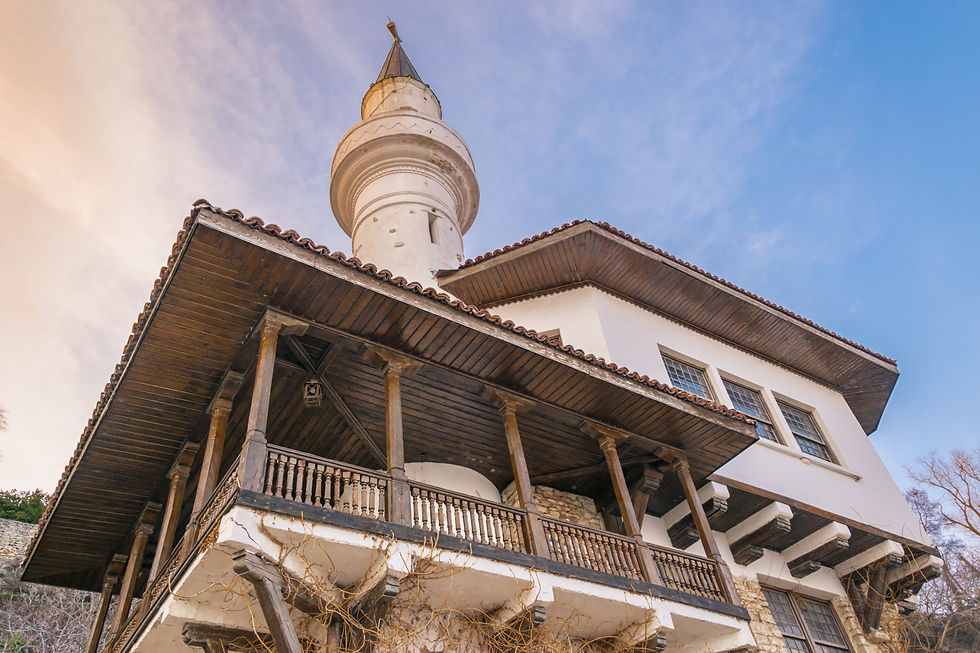
Забележителности

The main street of Varna

View from the main street


The main street of Varna
Varna
Varna is settled along the sea line of the Black Sea and with its population of around 400 000 people is the third-largest city in Bulgaria. Its diverse and eclectic architectural appearance is influenced by its history – here you can see Roman ruins, buildings in Western style with local interpretations of Neo-Renaissance, Neo-Baroque, Neoclassicism, Art Nouveau and Art Deco, also Socialist Realism with its enormous statues and blocks of flats.
Climate
The city enjoys mild climate throughout the year. The coldest time is usually from December to March having an average temperature between 5 and 10°C. Summer begins in early May and lasts till early October. Temperatures in summer usually vary between 25 C and 35 degrees C.
Balchik
Balchik sprawls scenically along hilly terraces descending from the Dobruja plateau to the sea and is often called "The White City" because of its white hills.
Held each year since 1991, "The Process – Space Art Festival" is an annual international festival of Contemporary Art, which takes place over two weeks in June. Balchik Palace also hosts In the Palace International Short Film Festival.
Balchik Palace and Botanical Gardens
The Palace was the residence of Queen Marie of Romania, born Marie Alexandra Victoria - Missy, Princess of Edinburgh. Apart from the palace, which was built with a tower-shaped as a minaret, the Queen had also a small chapel, called "Stella Maris", there is a Roman loggia as well. In one of the villas, the Queen's winery is preserved.

Balchik Palace - view from the garden

Balchik Palace

The Botanical garden of Balchik Palace

Balchik Palace - view from the garden
Sts. Constantine and Helena Resort



Describe your image

Located 8 km from Varna, Sts. Constantine and Helena Resort is very popular for its unique combination of the sea, sandy beaches, mineral springs, and mountain crystal clear air. The resort offers numerous mineral springs and balneology complexes, with hot mineral water famous for its healing quality.
5 km from Sea Art House is carved one of the few rock monasteries in Bulgaria - Aladzha Monastery. It is also the most famous medieval cave monastery along the Bulgarian Black Sea coast. It was inhabited by hermit monks during the 13th-14th centuries.
The monastery caves are hewn on two levels into an almost 40m high limestone rock. The first level consists of a monastery church, monastic cells, a dining premise and a kitchen, a small cemetery church, a crypt, and farm premises. The second level is a natural cave recess at the eastern end of a monastery chapel.
600-700m west of the Monastery is a group of caves known as the “Catacombs”. The items found by the archaeologists such as ceramics, coins, graffiti, etc., evidence that the Catacombs were inhabited during the early Christian Age (5th-6th centuries).
Aladzha Rock Monastery

Icon from 13th century

The Botanical garden of the Balchik Palace.


Icon from 13th century
Euxinograd Residence




At first, the building served as a monastery but was later transformed into a palace by Prince Ferdinand, who hired French architects to make its architecture look French-style. Today the palace is used as a summer residence for the president, but it is also open to visitors.
Stone Forest Pobitite Kamani

Stone Forest

Pobitite Kamani

Stone forest

Stone Forest
The site was given protection as a national landmark in 1937 and while studies continue as to their origin, it is currently campaigning to be an UNESCO site. It remains to inspire fascination, not just from the rocks themselves, but also the flora and fauna that inhabits the area: rare fossils of petrified mussels, cockles, giant snails and other sea creatures have also been discovered here.

